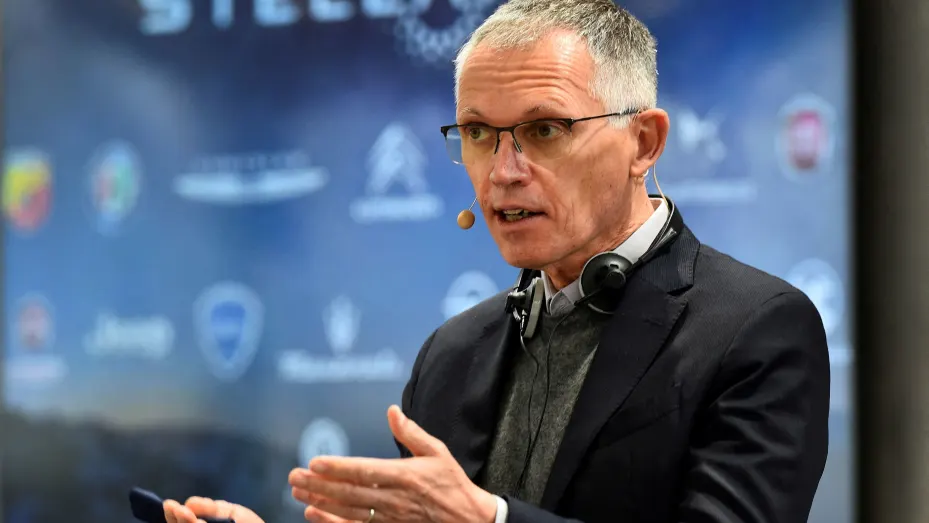Stellantis CEO Carlos Tavares is warning the auto industry and regulators of serious hurdles they could face in the coming years as they race to achieve widespread EV adoption milestones. He foresees a shortage of electric vehicles in the next few years, then a lack of the raw materials required to manufacture them in a subsequent wave of disruption.
On Tuesday, after Stellantis and Samsung announced a joint venture to build a $2.5 billion EV battery factory in Indiana, Tavares spoke with the media. He said, “The speed at which we are trying to move all together for the right reason, which is fixing the global warming issue, is so high that the supply chain and the production capacities have no time to adjust.”
At the heart of the Tavares’ issue is an acceleration from original goals to more aggressive targets, especially in the United Kingdom and the United States. Lawmakers in the UK have made their intentions clear to bring forward the date banning the sale of ICE vehicles to 2030, ten years earlier than the original 2040 target. And in the US, the Biden administration has said they target at least 50% of American sales to be EV by 2030.
Moving the goalpost affects the supply chain
Mainstream carmakers have joined the electrification race and made multi-billion-dollar investments to build batteries and vehicles. However, those with longer-term plans face an acceleration they hadn’t planned for if regulators push the EV agenda ahead. What Tavares advocates for is an unchanging target that carmakers can work toward.
He said, “All the car companies now, at least the best ones, are now full speed ahead; in full execution mode, going as fast as they can. The only thing that really helps to deliver is stability. Stop playing with the rules. Leave the rules as they are and let people work properly.”
According to Tavares, a shortage of EV batteries is to be expected within two to three years as carmakers all move to build factories and obtain materials to assemble the high-energy packs. Subsequently, he foresees a serious challenge for raw materials suppliers to meet demand later this decade.
The International Energy Agency supports that perspective in their Global EV Outlook 2022 report, which also stresses the potential bottlenecks in supply and price increases for materials required for lithium-ion batteries. Their report indicates that roughly 50 new mines are needed for lithium alone to meet approximately 600% higher demand by 2030.
“The point is, when we want to move too fast with a big magnitude and there is not enough feasibility studies, we may be bumping on this kind of stuff,” Tavares said. “You’ll see that the electrification path, which is a very ambitious one, in a time window that has been set by the administrations is going to bump on the supply side.”
Although some other carmakers acknowledge the aggressive push to adopt EVs in a relatively short time frame, seldom are CEOs as vocal about the issues they see as Tavares. It’s far from the first time he’s mentioned concerns about pushing electrification too fast, and time will tell if he could be the canary in the coalmine.
Did you enjoy this article from Jason Unrau? Read other articles on CBT News here. Please share your thoughts, comments, or questions regarding this topic by submitting a letter to the editor here, or connect with us at newsroom@cbtnews.com.
Be sure to follow us on Facebook and Twitter to stay up to date or catch up on all of our podcasts on demand.
While you’re here, don’t forget to subscribe to our email newsletter for all the latest auto industry news from CBT News.










